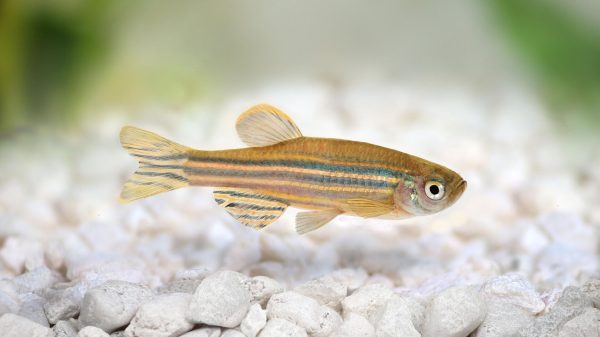What’s in a name? Plenty, when it comes to asafoetida or “devil’s dung”. The evil-smelling spice is a stink bomb that unquestionably lives up to its moniker. Inhalation at five paces can make someone with a blocked nose stagger back. It has to be stored away from other spices to prevent it overwhelming them. Just a smidgen can cure indigestion. Yet it is a staple in Indian cuisine, adding a certain subtle aroma, pungency and flavour. For the Jain community, whose religion forbids the use of onion and garlic, “hing”, as it is called in India, is a lifesaver for the flavour it adds. Hing is India’s answer to Japan’s umami.
Yet, until now, no one in India has grown the spice.
Most Indians, accustomed to using hing every day, probably assume it is homegrown. In fact, India consumes 40% of the world’s hing and all of the 1,500 yearly tonnes of it, at a cost of $130m (£99m), is imported from Afghanistan, Iran, Uzbekistan or Kyrgyzstan where it grows in cold desert regions.
Last week, Dr Sanjay Kumar and other scientists from the Council of Scientific and Industrial Research in Himachal Pradesh, in the shadow of the Himalayas, corrected the situation by planting the first hing saplings in Kwaring village.
“I felt a thrill. My wife uses hing every day. Indian food is incomplete without it. Now, for the first time, it will grow on our soil, I hope,” says Kumar.
He is not surprised at the widespread misconception that hing grows in India because, during the centuries that India was ruled by the Mughals and the British, Indian territory extended to Afghanistan and beyond. Hing would have come from these distant regions and, as such, was not regarded as an “imported” spice.
The idea of planting hing in India came to Kumar and his team, who had often travelled to the cold desert regions of Lahoul and Spiti in northernmost Himachal Pradesh for their work in agriculture. The mountains and valleys in the region are popular with tourists for their wild, remote beauty, but there is little cultivation.
They found that farmers grew only potatoes and peas, which did not generate enough income. People were leaving the villages to work in the cities, while vast tracts of barren wasteland lay empty.
“We talked about what new crops could be introduced to help boost farmers’ livelihood and that was the eureka moment – why not hing because it grows in exactly the same kind of cold desert regions of Afghanistan and Iran,” says Kumar.
The farmers will continue to grow potatoes and peas. The hing saplings are a bonus, planted on 500 hectares (1,250 acres) of wasteland where nothing else will grow. If the saplings survive, hing will finally become what Indians already think it is: a native, locally grown spice.
Its importance in Indian food and traditional medicine cannot be overstated. While the smell is an assault on the senses, once it has been dissolved in hot oil and used as tempering, the stench vanishes.
The spice is an essential item in Indian kitchens throughout the subcontinent, used for all manner of vegetable curries and some meat dishes. Chefs wax lyrical about hing in the same manner as a sommelier talking about a Château Lafite or a western chef extolling truffles – hing, they say, harmonises all the various components of a dish and adds depth and complexity.
This porridge is just right: homemade baby food that’s big business in India | Amrita Gupta
Read more
Delhi-based writer Jyoti Lavakare Pande is passionate about the spice. When her children were babies and had colic, she used to heat some hing in oil and dab it on their belly buttons with cotton wool. In her food, it is a must.
“It is a fabulous spice that imports tremendous flavour and what can be better than a spice that’s full of flavour and also has health benefits, particularly for indigestion or stomach pain? I think it’s the most underrated and unappreciated spice,” she says.
Its purported medicinal properties are numerous, ranging from providing relief for indigestion, flatulence, stomach disorders, asthma, excessive menstrual bleeding, hypertension and kidney stones. It is used extensively in ayurvedic medicine.
While Kumar is a hing enthusiast in the kitchen, now his main concern is to ensure that the farmers understand its peculiar nature. They have never grown anything as exotic and mysterious as hing. They have been trained to understand that when snow falls, it slips under the surface into hibernation. When the snow melts, it reappears. It is only visible above the ground for one or two months of the year.
“My fear is that when farmers don’t see it, they will worry and start rootling to check it’s OK. If they disturb it, they will damage the quality. We have told them to let it be. When the snow melts, it will pop up on its own,” he says.























































Свежие комментарии